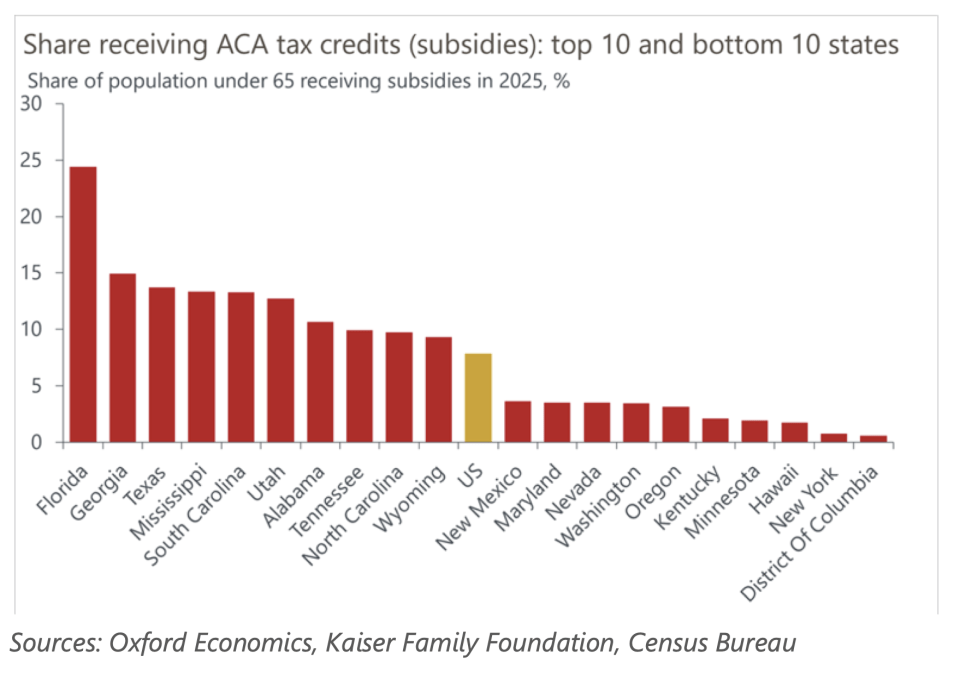
By Bob Grote, Chief Executive Officer, The Grote Company Family of Brands
As we near the end of 2025 and take stock of what it has brought us, the food processing industry has experienced its share of ups and downs. We entered the year with some uncertainty — but how do conditions look as we head into 2026?
Attending major industry events this fall, including PACK EXPO, there was a sense of renewed energy in the air. The mood is upbeat, suggesting we may anticipate an upsurge in activity.
Let’s take a closer look at some of the biggest trends.
1. Economic conditions look favorable
After a much slower start to 2025 than many expected, people are expressing more optimism about where things are going. We see larger customers moving forward on projects and actively planning investments in expansion and equipment for the new year.
Macroeconomic conditions appear to be stabilizing, as we adapt to changes and move forward. Expect this to continue throughout 2026 and into 2027.
Expect activity around mergers and acquisitions to continue gaining momentum. However, the number of larger brands merging may not be as high as this year’s notable examples, such as JBT and Marel.
2. Increased collaboration among suppliers
More conversations are happening around collaborating with others in the industry. There’s more discussion around how we partner and boost our capabilities by working together.
While tariffs have driven some of this, it’s a positive trend that encourages us to learn to work creatively under any conditions. We may have to do business differently, but there’s greater openness to those conversations.
This benefits processors and end users with more holistic solutions, streamlined project management, and greater efficiency.
3. One-stop vendors that offer a full range of options
Along with increased collaboration, food processors are looking for vendors that have the capabilities to respond to their needs across the board.
Some processors want to extend the life of their equipment by repurposing older machines. Others need to reconfigure their lines to adapt to trends, add more automation, or invest in new equipment.
Whatever the case, they often want to work with a single point of contact. This saves them a lot of time and money and, in the end, is more efficient than coordinating with multiple vendors.
4. Health initiatives take center stage
We’ve seen a lot of discussion around healthier product options and clearer product labeling. Consumers continue to drive this trend.
The result is a boon for equipment manufacturers. Processors had pulled back earlier in the year, but now they seem ready to implement the changes needed to meet these requirements.
For example, we’ve seen big industry names like PepsiCo, Tyson Foods, and General Mills announce that they will no longer use any artificial food dyes in their products.
5. The protein craze kicks in
As consumer demand for protein is on the rise, we see the addition of protein to everything, from yogurt to bread to chips. Even Starbucks has launched a protein-based foam for its drinks.
This trend also requires processors to adjust recipes, potentially necessitating reconfigurations of equipment layouts to incorporate protein into products at various points in their production lines.
6. Beef prices on the rise
The protein push, coupled with record-high beef prices, makes for an interesting market.
As we witness the price of beef continue to skyrocket, it hasn’t peaked yet. Will consumers keep paying, regardless of how high prices climb? Or will they seek alternatives?
While demand for beef is up, supply is at a 15-year low. It’s going to take time to adjust the supply accordingly. Once the industry begins to increase its heifer population, it takes at least 18 months for the impact to be felt.
One alternative when beef prices rise is poultry. If we look at the poultry market, it’s much easier to meet increased demand. Producers can respond in 40 days. That doesn’t mean prices won’t go up. Even so, chicken will still cost less than beef.
7. Processed and prepared food continues to play a bigger role
Despite healthier alternatives getting more attention, consumers still eat processed foods. It’s important to remember that not all processed options are unhealthy.
We may even see more movement toward frozen and canned food. They’re often considered economical choices during periods of inflation, yet offer a healthier option.
With restaurant prices soaring and more people watching their budgets, prepared food offers a viable alternative to dining out. Consumers lead busy lives, so convenient prepared options are attractive. Sales of frozen foods, such as pizza, are booming. The convenience factor still matters.
8. Automation, data, and AI
The industry lags in the adoption of automation. Although some processes, such as packaging and palletizing, have been automated, much of the further processing work remains lightly automated.
Data collection use cases are wide-ranging. The data can be useful and lead to greater efficiency, but processors may shy away if they don’t understand how to analyze it. Incorporating AI provides useful analysis, uncovering insights that can be used to enhance performance.
Food processors roll with the changes
Regardless of the conditions, food processors will always do what they do best: rolling with the changes. Finding creative ways to feed consumers and meet the demands that drive the market is what we do.
Teaming up with partners you can trust is always a wise approach, no matter what lies ahead.
 Bob Grote is the chief executive officer of the Grote Company Family of Brands. An engineer by schooling, a salesman by nature, and a businessman by practice, he joined Grote Company in 2000, became CEO in 2008, and now spends his time developing industry partnerships and seeking the latest food technologies. During his tenure, Grote has overseen the acquisition of SPI Automation, PFI, Vanmark, Advanced Food Technology, and Pizzamatic. He serves as Director at Large of the FPSA (Food Processing Suppliers Association) and sits on various industry and non-profit boards.
Bob Grote is the chief executive officer of the Grote Company Family of Brands. An engineer by schooling, a salesman by nature, and a businessman by practice, he joined Grote Company in 2000, became CEO in 2008, and now spends his time developing industry partnerships and seeking the latest food technologies. During his tenure, Grote has overseen the acquisition of SPI Automation, PFI, Vanmark, Advanced Food Technology, and Pizzamatic. He serves as Director at Large of the FPSA (Food Processing Suppliers Association) and sits on various industry and non-profit boards.
Credit: Source link







![[eBook] 2026 Food & Beverage Trend Forecast [eBook] 2026 Food & Beverage Trend Forecast](https://foodindustryexecutive.com/wp-content/uploads/2025/11/FoodIndustryExecutive-900x600px-150x150.png)







